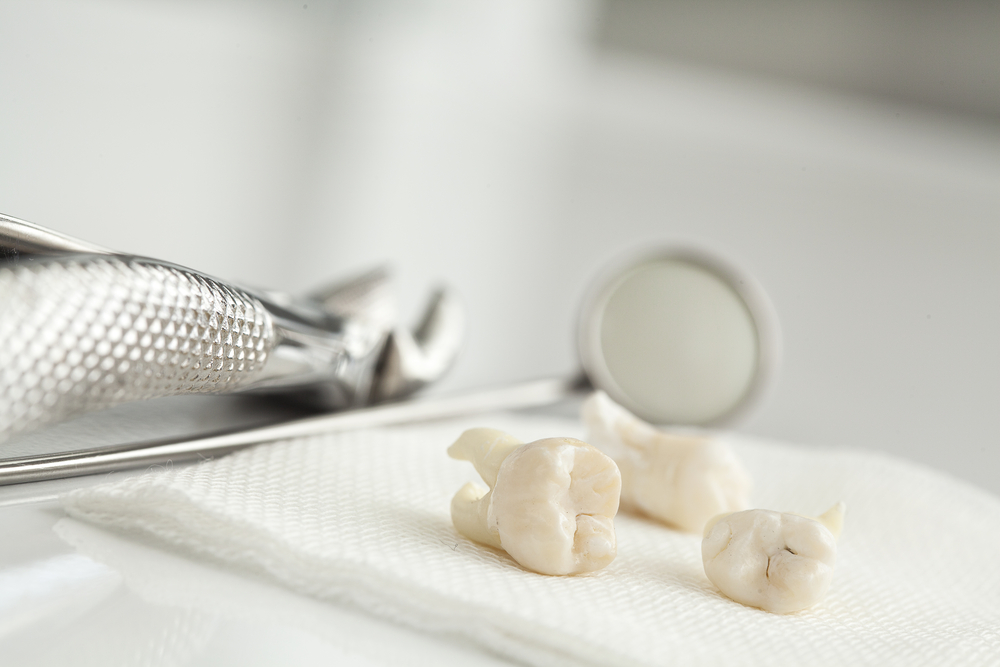Third Molar Extractions in Dripping Springs, TX
When you face tooth loss or damage, the path forward can feel uncertain. At TORC Dental, Dr. Subea Hijazi, DDS understands that extractions and bone grafts are more than just procedures—they’re investments in your oral health and future smile. Whether you need a simple extraction or a complex bone graft to prepare for dental implants, our team provides compassionate care that puts your comfort and long-term results first.
Third molars, or “wisdom teeth,” usually wait until we are in our late teens or early twenties to make their unwelcome appearance. Most mouths are too small to accommodate four more molars. These late-growing teeth might try to erupt through your gums while other teeth are in the way.




